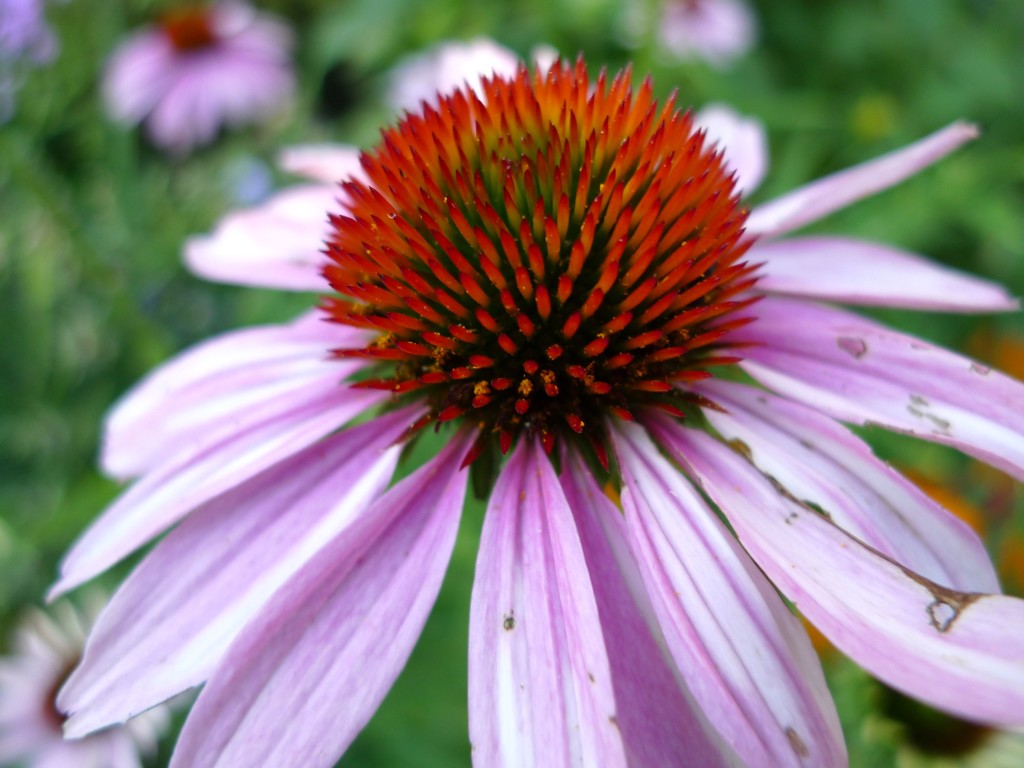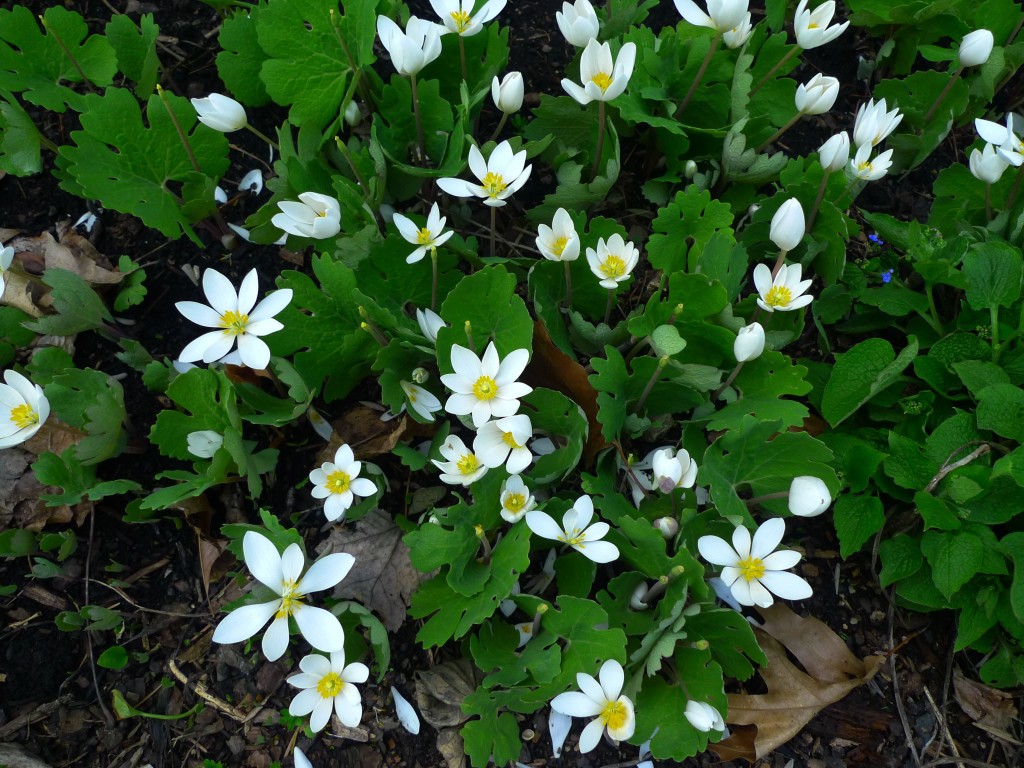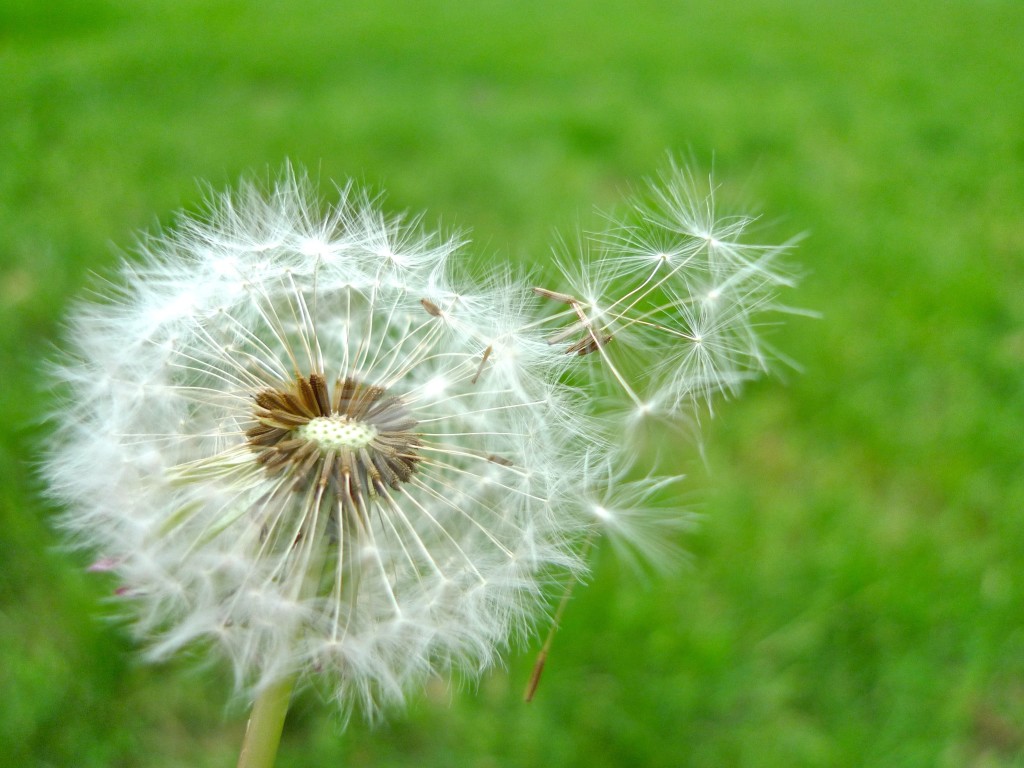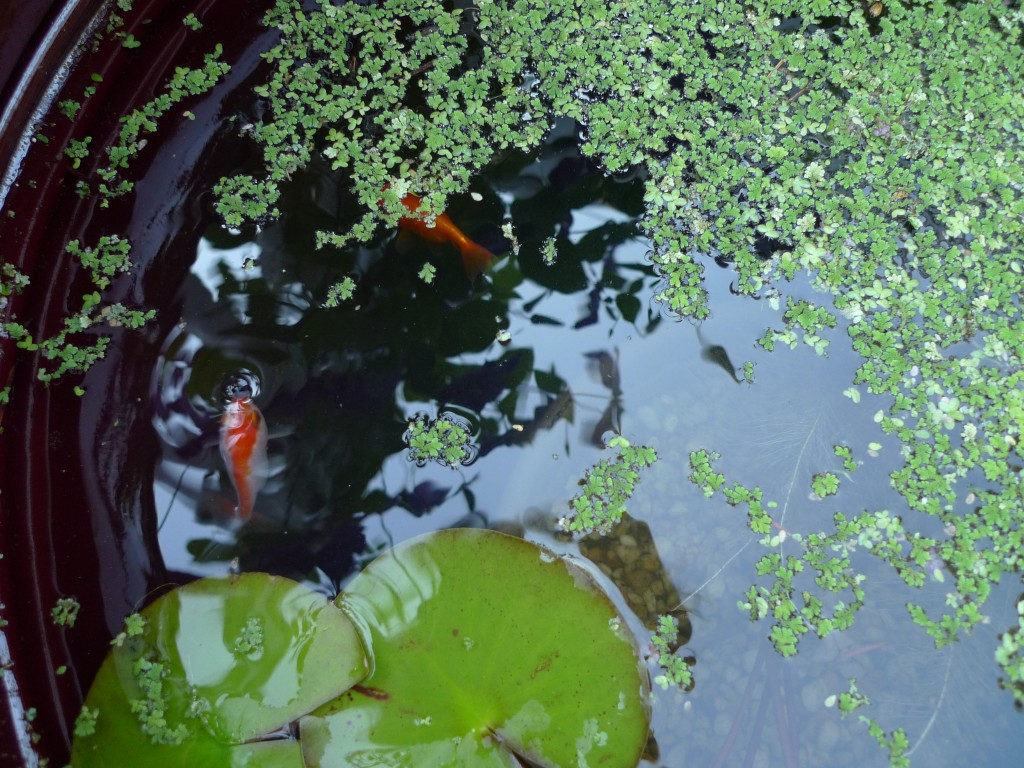Doesn’t the first hint of warm weather make you excited to plant something? It could be something small like a pot of flowers on your stoop or in a windowsill box. Or, you may have bigger plans this year ~ are you dreaming of a full veggie garden with a bed of flowers for picking?
If all goes according to plan, this time next week we’ll have moved into a new house (eek!). It has a huge deck, and many tiered beds for planting. Some of the beds have perennials, but from what we understand, some are open for annual plantings. With temps in the 60s and 70s this past week, I’m so excited to make planting the beds and flower pots one of my first new-house projects. And while I know it’s not time to plant yet, these early spring days are a great time to start doing research.
Since our previous house had an extensive perennial garden, full of both shade and sun-loving plants, most of my favorite resources are related to those types of plants.
Books
I love looking through gardening books, wether it’s at the library, or at my favorite local bookshop with a coffee in hand. There are a few key types of gardening books and having one of each can be really handy.
- The general reference, such as Perennials for Every Purpose : This may also be thought of as a plant encyclopedia. It provides an extensive list of plants, their ideal growing conditions, and may include basic care or tending tips. The more comprehensive it is, the better, because you will be able to use it to look up a plant and get the basic care info you need.
- The combination guide, such as Perennial Combinations , Container Gardening for all Seasons, or Making the Most of Shade : Most of the time we don’t want to just plant one type of flower or foliage, we want variety, and we want it to look beautiful, but standing in front of the dozens of choices at your local nursery, it can be hard to envision your final space and what you should plant together. Likewise, it can be overwhelming to read all of the plant tags at the nursery while trying to keep track of which plants like the same growing conditions. This is where a book that does the combining and planning for you really comes in handy. It provides lists of plants that go well together – they like the same water and light conditions. It also provides a great reference in terms of the scale of your grouping (you often want to buy multiple plants of small handful of varieties, rather than go crazy buying only single plants of many different types – the latter can produce a garden that looks way to busy and unplanned).
- The care guide, such as The Well-Tended Perennial Garden or the Reader’s Digest Illustrated Guide to Gardening : Once you have your garden planted, you’ll want an easy-to-use reference that tells you how to care for your plants year-round (yes, even in winter!). These books often have more plant care information than the basic encyclopedias, and you should be sure to look for one with clear photographs and/or illustrations of different care techniques such as pruning, pinching, etc. Having the images is extremely helpful when trying something for the first time.
- Books with a regional focus, such as The New Western Garden Book, the New England Gardener’s Year, or Rocky Mountain Fruit & Vegetable Gardening.
- Problem solvers, such as Natural Pest and Disease Control : If you garden long enough, you’re bound to have a problem.
Classroom or In-person Learning
If you’d like to take a class, your community may have a few different resources. And really, there’s nothing like being in a room full of experts, sometimes you can learn so much from the little side conversations that happen before/after class and the questions that are asked by other students.
- College Extension Programs : Many colleges and universities have agriculture and gardening-related extension programs. This is truly one of the best ways to learn about gardening because you are talking with experts that know about gardening in the climate or zone where you live. And their classes may extend beyond gardening to related topics, such as beekeeping or native plant education!
- Local Greenhouses & Nurseries : These businesses will often offer one-day classes on specific topics. Since many people buy plants from nurseries for containers, a container-design class is very common, and is another great way to learn which plants will look good together and share similar light and water conditions, which is essential for a successful container garden.
- Local Non-Profits : You may live in a community that has a non-profit or two with a mission to enrich the community through gardening, and part of this missions may involve offering gardening (or beekeeping!) classes.
Online Sources
It’s fast! It’s easy! It’s the internet! Yes, even though I love books and classes, I have found a few sources for reliable information on the web. As always, the key is to be sure that the person providing the information is an expert, particularly in gardening in your climate.
- College Extensions! : Again, your local college extension can be a great resource, particularly because its information will focus on gardening tuned to your local climate. Some extension programs even offer online classes if attending a class in person isn’t for you.
- Blogs (that link will take you to a long list of great gardening blogs) : There are so many gardening blogs out there, and since gardening is localized, it’s often best to find a blogger you like that’s gardening in a climate similar to yours. That said, some gardening topics, like eliminating certain invasive pests, are universal, so don’t limit yourself to gardening blogs in your area if you find others providing great information and whose writing style you like. For example, I found A Way to Garden while gardening in PA, and I still love reading it even though we’re now in Colorado. That said, now that we are in CO, I found Front Range Food Gardener, and am excited about it, because he discusses the names of specific plants he’s growing, something that’s going to be so useful when we plant our little berry patch :-).
Take a Walk!
- One of the best ways to get inspired, see what grows well where you live, and pick up design ideas is to go for a walk. Look for yards or containers that you like and use that as a jumping off point for your plantings. Pay attention to the placement of the plantings, are they getting full sun, shade, or a combination? If it’s hard to tell, think about what side of the house the plants are one (south? west?), and compare that to where you would put the plants at your house. If you don’t know what the plants are, snap a quick picture and take it along with you to the nursery, you can always ask one of the workers to help you identify the plants.
- One of my favorite moments of gardening inspiration came while Sarah and I were in Thailand. Many houses and businesses had water gardens in containers, something I had never thought of doing before! I came home from that trip, did a bit of research, and started my own.
So, that’s how I’ve been spending my gardening-dreaming time. What about you? Do you have any favorite resources? Or do you just go to the greenhouse, buy whatever catches your eye and cross your fingers? I think we all do a bit of that too!
If you have questions about any of the plants photographed for this post, just ask, and I can give you my two cents.











Such an informative post and a great reminder to get to planning! Can’t wait to see what you do with those beds, you are a garden master 😀